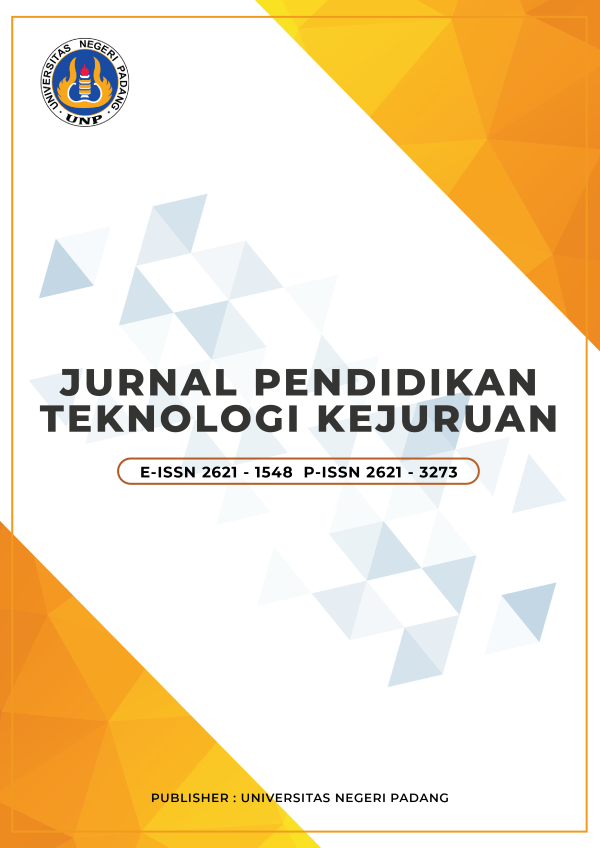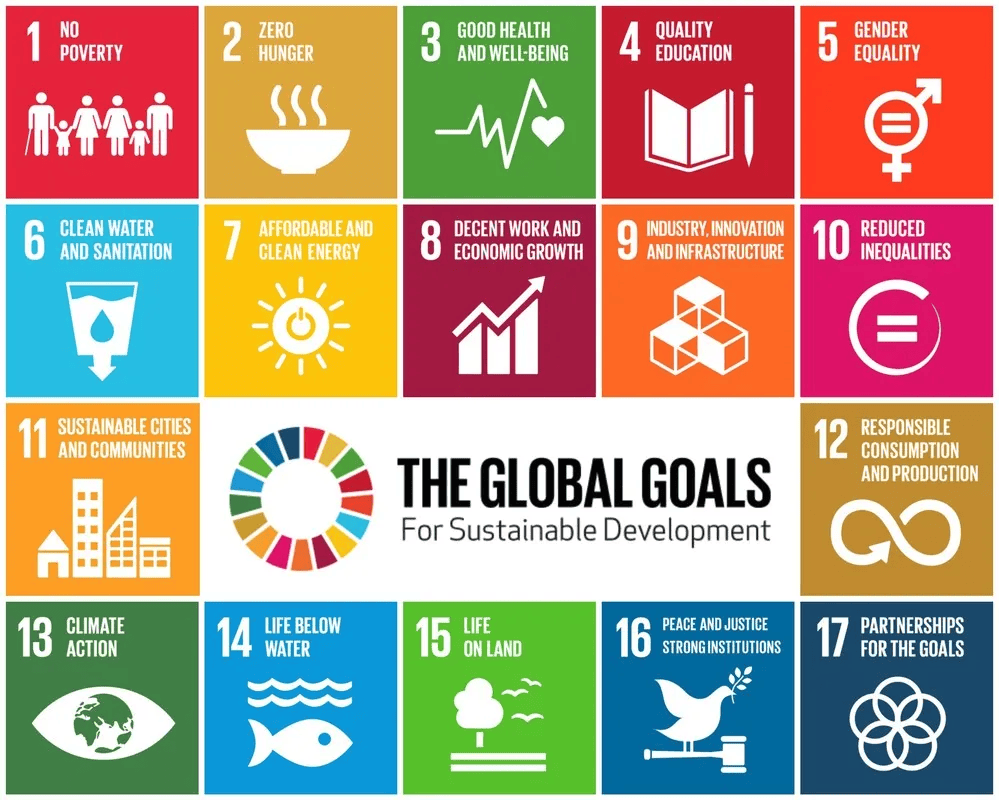Comparative simulation analysis of the economics of unit commitment to determine the cost of supplying electricity in simple generating systems in the Bengkulu region
DOI:
https://doi.org/10.24036/jptk.v8i2.44623Keywords:
electrical system, unit commitment, priority list, operating costsAbstract
An efficient electrical system is essential to meet the energy needs of the community without incurring high operational costs. This study aims to compare the total operational costs of power plants during three extreme time periods: low load (00:00–05:00), medium load (06:00–18:00), and high load (19:00–23:00), and to determine the most efficient combination of power plants using the Unit Commitment (UC) method based on priority list techniques. The study was conducted on the Bengkulu regional power system with the assumption of zero startup costs due to data limitations. Simulation results show that coal-fired power plants (IPP), hydroelectric power plants, and micro-hydro power plants serve as the base load power plants that are always active due to their low operational costs, while diesel power plants are only used as supplements when load exceeds the capacity of the main power plants. The lowest total operational cost occurs during low-load periods at Rp 40,936,446/hour, while the highest cost occurs during peak-load periods at Rp 65,040,329/hour. This finding confirms that optimizing the combination of power plants based on cost efficiency can significantly reduce operational expenses. In the future, it is expected that the electricity system can adopt smart grid technology to reduce, even eliminate, the use of inefficient diesel power plants.
Downloads
References
Aryani, K., Wibowo, R. S., Rosida, Y. N., Santoso, D. B., & Kurniawan, M. (2025). Unit Commitment Scenarios for Distributed Energy Resources Using Binary Particle Swarm Optimization. JST (Jurnal Sains Dan Teknologi), 14(1), 190–199. https://doi.org/10.23887/jstundiksha.v14i1.92194
Chyong, C. K., & Newbery, D. (2022). A unit commitment and economic dispatch model of the GB electricity market – Formulation and application to hydro pumped storage. Energy Policy, 170(September), 113213. https://doi.org/10.1016/j.enpol.2022.113213
Huang, G., Mao, T., Zhang, B., Cheng, R., & Ou, M. (2023). An Intelligent Algorithm for Solving Unit Commitments Based on Deep Reinforcement Learning. Sustainability (Switzerland), 15(14). https://doi.org/10.3390/su151411084
Jiménez-Cordero, A., Morales, J. M., & Pineda, S. (2022). Warm-starting constraint generation for mixed-integer optimization: A Machine Learning approach. Knowledge-Based Systems, 253, 109570. https://doi.org/10.1016/j.knosys.2022.109570
Lumbreras, S., Tejada, D., & Elechiguerra, D. (2024). Explaining the solutions of the unit commitment with interpretable machine learning. International Journal of Electrical Power and Energy Systems, 160(June 2023), 110106. https://doi.org/10.1016/j.ijepes.2024.110106
Montero, L., Bello, A., & Reneses, J. (2022). Techniques , and Resolution Methods. MDPI Energies, 15(4).
Ngafifi, M. (2014). Technological Advancement and Human Lifestyle in Socio-Cultural Perspective. TUTURAN: Jurnal Ilmu Komunikasi, Sosial Dan Humaniora, 1(3), 26–53. https://doi.org/10.47861/tuturan.v1i3.272
Oktaviani, W. A., Danus, M., & Noveriyanti, R. (2019). Raising the Concern of YSP PUSRI Palembang High School Students for the Sustainability of Electric Energy through Energy Saving Movement and Solar Cell Utilization. JATI EMAS (Jurnal Aplikasi Teknik Dan Pengabdian Masyarakat), 3(2), 201. https://doi.org/10.36339/je.v3i2.249
Ponciroli, R., Stauff, N. E., Ramsey, J., Ganda, F., & Vilim, R. B. (2020). An improved genetic algorithm approach to the unit commitment/economic dispatch problem. IEEE Transactions on Power Systems, 35(5), 4005–4013. https://doi.org/10.1109/TPWRS.2020.2986710
PT PLN (Persero). (2023). Buku Statistik PLN 2023. 03001–25(03001), 1–102. https://doi.org/https://web.pln.co.id/statics/uploads/2024/07/Laporan-Statistik-2023-Ind.pdf
Raghunathan, N., Bragin, M. A., Yan, B., Luh, P. B., Moslehi, K., Feng, X., Yu, Y., Yu, C. N., & Tsai, C. C. (2022). Exploiting soft constraints within decomposition and coordination methods for sub-hourly unit commitment. International Journal of Electrical Power and Energy Systems, 139(November 2021), 108023. https://doi.org/10.1016/j.ijepes.2022.108023
Sakhavand, N., Rosenberger, J., Chen, V. C. P., & Gangammanavar, H. (2024). Design of experiments for the stochastic unit commitment with economic dispatch models. EURO Journal on Computational Optimization, 12(May), 100089. https://doi.org/10.1016/j.ejco.2024.100089
Setiawan, A., Arifin, Z., Sudiarto, B., & Garniwa, I. (2021). Electricity Tariff Simulation on The Largest Electric Power System in Indonesia Using The Time Of Use and Critical Peak Pricing Schemes Based on Revenue Neutrality. 2021 IEEE 4th International Conference on Power and Energy Applications, ICPEA 2021, December, 93–98. https://doi.org/10.1109/ICPEA52760.2021.9639304
Shao, Z., Zhai, Q., Han, Z., & Guan, X. (2023). A linear AC unit commitment formulation: An application of data-driven linear power flow model. International Journal of Electrical Power and Energy Systems, 145(September 2022), 108673. https://doi.org/10.1016/j.ijepes.2022.108673
Singh, A., Khamparia, A., & Al-Turjman, F. (2024). A hybrid evolutionary approach for multi-objective unit commitment problem in power systems. Energy Reports, 11(September 2023), 2439–2449. https://doi.org/10.1016/j.egyr.2024.02.004
Torto, S. O. G., Pachauri, R. K., Singh, J. G., Khan, B., & Ali, A. (2024). Networked micro-grid topologies for transactive energy management system: An overview and future perspectives. Scientific African, 26, e02488. https://doi.org/10.1016/j.sciaf.2024.e02488
Tuo, M., & Xingpeng, L. (2023). Security-Constrained Unit Commitment Considering Locational Frequency Stability in LowInertia Power Grids. IEEE Transactions on Power Systems, 38(5), 4134–4147. https://doi.org/https://doi.org/10.1109/TPWRS.2022.3215915
Valdmanis, G., & Bazbauers, G. (2020). Influence of wind power production on electricity market price. Environmental and Climate Technologies, 24(1), 472–482. https://doi.org/10.2478/rtuect-2020-0029
Wang, Y., Wang, K., Liu, Z., Yin, H., Duan, H., & Liu, H. (2023). An extended modeling of frequency security constraints for unit commitment model. Energy Reports, 9, 810–818. https://doi.org/10.1016/j.egyr.2023.04.294
Wuijts, R. H., van den Akker, M., & van den Broek, M. (2024). Effect of modelling choices in the unit commitment problem. In Energy Systems (Vol. 15, Issue 1). Springer Berlin Heidelberg. https://doi.org/10.1007/s12667-023-00564-5
Yang, N., Dong, Z., Wu, L., Zhang, L., Shen, X., Chen, D., Zhu, B., & Liu, Y. (2022). A Comprehensive Review of Security-constrained Unit Commitment. Journal of Modern Power Systems and Clean Energy, 10(3), 562–576. https://doi.org/10.35833/MPCE.2021.000255
Zhang, Y., Guo, Q., Zhou, Y., & Sun, H. (2023). Frequency-constrained unit commitment for power systems with high renewable energy penetration. International Journal of Electrical Power and Energy Systems, 153(June), 109274. https://doi.org/10.1016/j.ijepes.2023.109274
Downloads
Published
Issue
Section
License
Copyright (c) 2025 Rahmat Fadillah Yunus, Tri Wahyu Adi

This work is licensed under a Creative Commons Attribution 4.0 International License.





